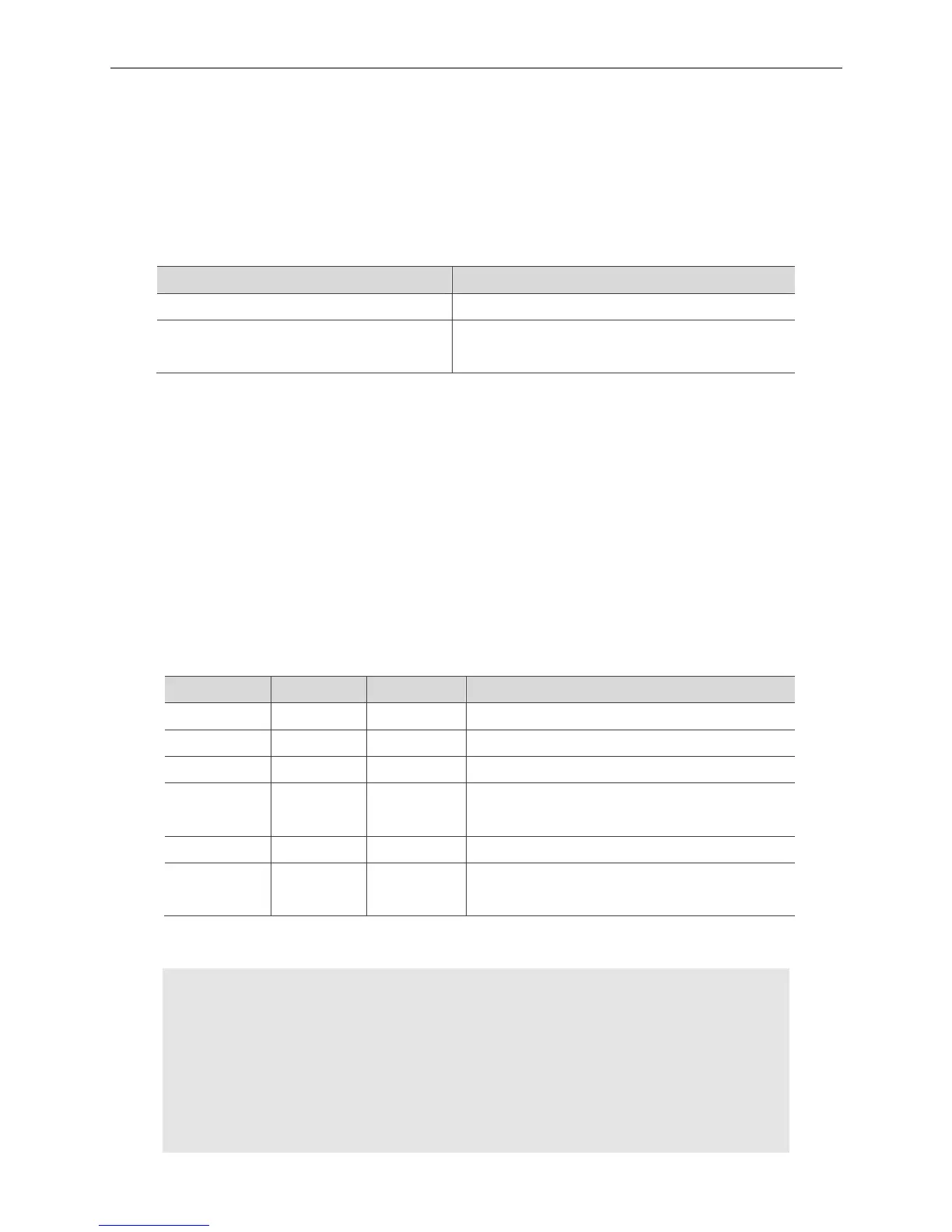Cyclic Synchronous Torque Mode (CST) EtherCAT Programming Guide
11-2 March, 2017
11
In CST (Cyclic Synchronous Torque) mode, it issues the torque command via PDO
communication. EtherCAT master will calculate all torque commands for the next communication
cycle after analyzing the speed and acceleration set in the API. Then, it sends the new command
to all motion axes in each communication cycle so that single axis or multiple axes can operate
with the setting torque.
API list of CST mode
Function name Description
_ECAT_Slave_CST_Start_Move Execute single-axis motion with the setting torque
_ECAT_Slave_CST_Multi_Start_Move
Execute multi-axis synchronous motion with the setting
torque
11.1 _ECAT_Slave_CST_Start_Move
Syntax
U16 PASCAL _ECAT_Slave_CST_Start_Move (U16 CardNo, U16 AxisNo, U16 SlotNo,I16
Target_Torque, U32 Slope, U16 Curve_Mode)
Purpose
This is for executing single-axis motion l with the setting torque.
Parameter
Name Data type Property Description
CardNo U16 Number Card No.
AxisNo U16 Number Node ID
SlotNo U16 Number Slot ID
Target_Torque I16 Permillage
Target torque, the permillage of the maximum torque.
Setting range: 1 ~ 1000.
Slope U32 0.1%/s Set the torque’s rising slope
Curve_Mode U16 Option
1: T-curve (Default)
2: S-curve
Example
U16 Status;
U16 CardNo=16, AxisNo=1, SlotNo=0, Curve_Mode = 1;
I16 Target_Torque = 2;
U32 Slope = 10;
Status = _ECAT_Slave_CST_Start_Move (CardNo, AxisNo, SlotNo, Target_Torque, Slope,
Curve_Mode);

